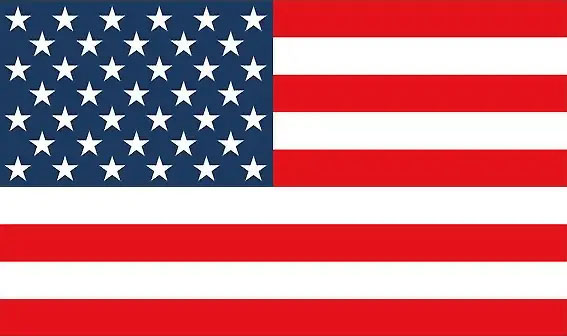Website Design Alabama – Internal Linking Strategy for Website Design
It’s crucial for SEO to evaluate and improve your internal linking strategy on a regular basis. By adding the right internal links you make sure Google understands the relevance of pages, the relationship between pages and the value of pages.
The ideal structure
We always advise website owners to imagine their website to be a pyramid with the most important content on top. We call those articles cornerstone content. There should be lots of links from topically related pages in the pyramid to that most essential content. By doing that, most link value is passed to those pages. On the other hand, you should also link from those top pages to subpages about related topics. Linking internally to related content shows Google what pages hold information about similar topics.
Linking your cornerstone content: an example
We’ve written a cornerstone content article, called ‘The ultimate guide to keyword research’. We want this post to rank for all related search queries about [keyword research] in Google search results. By adding internal links from other relevant articles, like ‘How to start with keyword research’ and ‘7 keyword research mistakes to avoid‘ to the main article, Google will start to understand that the cornerstone content article holds most information about this keyword. So after a while, Google will rank the cornerstone content above the other, smaller posts about keyword research.
Don’t forget to link from the top too
Besides linking from topically related posts and pages, it’s possible to make your cornerstone content more authoritative by adding links to it from the homepage or the top navigation. If you do this, the most important posts or pages will get a lot of link value and will become stronger in the eyes of Google.
Linking to taxonomies
If you run a blog it could be beneficial to add internal links to the taxonomies the post belongs to. Adding links to the category and tags, helps Google to understand the structure of your blog and helps visitors to easily navigate to related posts.
Linking to related posts
Linking to related posts helps Google to understand your site structure, as mentioned before. To read more about a certain subject you can link to one or more related posts at the end of your article. There are plugins and modules that add complete related posts sections to your posts. If you use such a tool, we do recommend testing whether the related posts are actually the best related posts. When you’re not sure, linking to posts manually (or using our internal linking tool – more on that later) would probably be a better solution.
Linking to popular or recent posts
The last option we want to mention is linking internally to the most popular or to the newest posts on your website. This section could be added to the sidebar of your blog or the footer of your website to show it on all pages and posts.
The benefit of creating such a popular or recent posts section, is that link value passes to the linked posts from lots of pages and posts. Moreover, visitors will easier visit the posts and getting more traffic is a positive sign to Google as well.
More on internal links…
No-follow links
Probably you’re also showing links on a page that aren’t important for SEO. If you have a login link for your clients on the homepage, for example, you don’t want that link to leak link value to your login page: that page doesn’t need to rank high in the search results.
In the past, you could prevent losing link value to such links by giving them a ‘no-follow’ tag. A ‘no-follow’ tag means that Google shouldn’t follow the link to the target page: so no link value would pass through this link. Now you might think: “I’m going to ‘no-follow’ less important links to give the most important links more link value.” This used worked in the past indeed, but Google has become smarter. It seems that the link value now just completely disappears when you add a ‘no-follow’ tag to a certain link. Therefore it makes more sense to have fewer links on a page instead of ‘no-following’ some of the links.
Please not that adding a ‘no-follow’ tag doesn’t mean that people can’t find those target pages in Google’s search results. If you don’t want pages or posts to show up in the search results you should give them a ‘no-index’ tag as well. The ‘no-index’ tag means that Google shouldn’t render the page and shouldn’t give the content a place in the Google index to show up in the search results.
Anchor texts
If you have decided which links should be on a page and which pages should get link value, it’s important to use the right anchor text. The anchor text is the text that visitors see and where they can click on, so the link is added to this part of the text.
It might hurt your website if you over-optimize anchor text. With over-optimizing we mean keyword stuffing. In the past, you could give all anchor texts the same keyword and Google made your website rank higher for that specific keyword. Nowadays, Google is smart enough to understand that the content around the anchor text is telling more about the relevancy of a keyword than the anchor text itself. So make sure the anchor text looks natural in your copy: you can definitely use keywords but don’t add the exact same keywords to each and every one of your anchor texts.
Go link your content
Without links your content can’t rank! With a solid internal linking strategy you can show which content is related and which of your articles are most informative and valuable. If you follow the guidelines in this post both Google and users will understand your site better, which will increase your chance of ranking.

